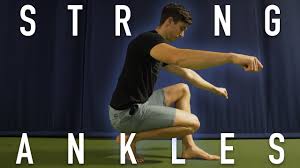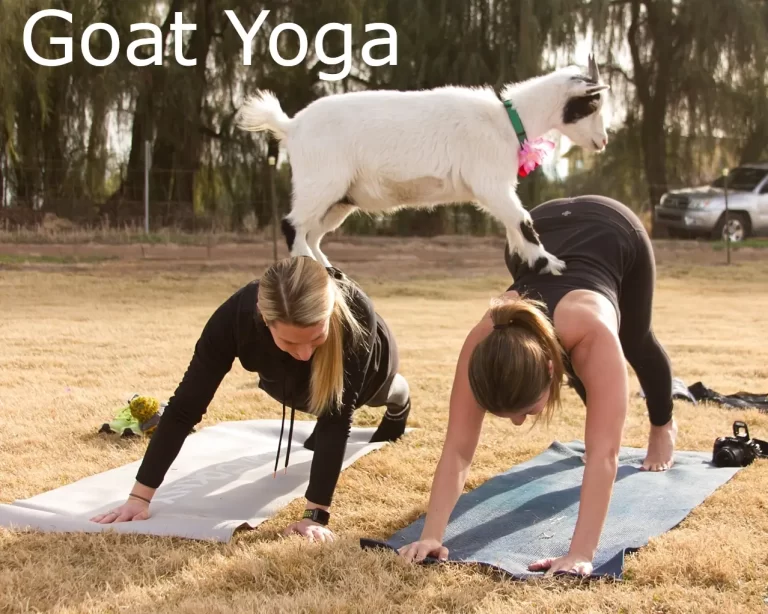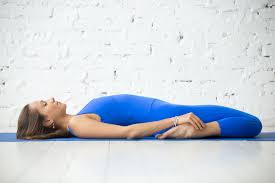Siddhasana
Siddhasana :
Siddhasana, or Accomplished Pose, is a seated meditation posture that promotes stability and calmness. It encourages proper spinal alignment, enhances focus, and supports deep breathing, making it ideal for meditation and pranayama practices.
Steps:
First, sit comfortably on the floor, keeping your legs close to each other.
Now keep your left foot at the perineum. (The area is that the soft tissue between the anus and also the male reproductive gland). Females ought to place their left foot within the labia majora of the vagina.
Now keep your right foot over your left foot.
To create a steady pose, slide your right foot toes into the gap between the left calf muscles.
Your knees ought to touch the ground.
Keep your spine erect during the process.
You can press your chin against your chest.
Keep focusing on the space between the eyebrows.
You have to be attentive to your respiration process.
Breathing should be natural and deep.
Place your hands on your knees, or you can make Jnana gesture of Chin gesture with the fingers.
Remain in this position for as long as you can.
Benefits:
It is one of the important Asana used for meditation. One can maintain this position for a long duration.
Makes spinal column straight and steady.
In Siddhasana, the heel is kept pressed against the Muladhara This ensures that the energy currents flow upwards towards the spine.
This Asana gives the control over sex urge and the sexual functions.
It stabilizes the nervous system.
Pose type:-
Seated .
variations :-
As students have varying abilities, a given yoga pose may be easy for a particular student but hard for another. In such cases, as a yoga teacher you can introduce pose variations to further challenge a student who is finding a specific yoga pose easy, or introduce an easier variation of a pose for the student who is finding the main pose hard.
Pose variations can therefore help your students grow and build further confidence in their yoga practice no matter what there starting ability levels are. And this is where your role as a yoga teacher becomes very important. Below we have compiled 24 pose variations of Siddhasana at one place to give you ideas to plan your yoga classes as you interact with students of different levels.
contraindication:
If the practice of pranayama and meditation in Swastikasana (Auspicious Pose) is a challenge, students can choose to sit in Sukhasana (Easy Pose). The other alternative is to support the hips keeping the spine elevated by placing a cushion or a blanket. The practice of Auspicious Pose come with few contraindications, which are explained below:
Injury:-
The crossing of the legs and the internal rotation of the hips play a crucial role when seated in Swastikasana. Hence, students injured at the hips, knees, and ankles should avoid the same. For comfort though, and as an alternative, the legs can be extended out when seated on a yoga mat rolled.
Arthritis:-
For those with arthritis of the knees, hips, and feet should avoid sitting on the floor. Compressing these joints may cause swelling and pain for those with arthritis.
Sciatica:-
The sciatic nerve gets compressed when seated in Swastikasana reducing blood supply to the nerve. This can become painful and unsafe for those suffering from sciatica, hence best to avoid.
Pregnant women:-
For those pregnant women who practice prenatal yoga, should avoid this posture if they have swollen legs (water retention). Stopping the flow of blood in the hips and the pelvis is not advisable during the last stages of pregnancy. In such cases, seated on a cushion with the legs extend for pranayama or meditation is encouraged.







